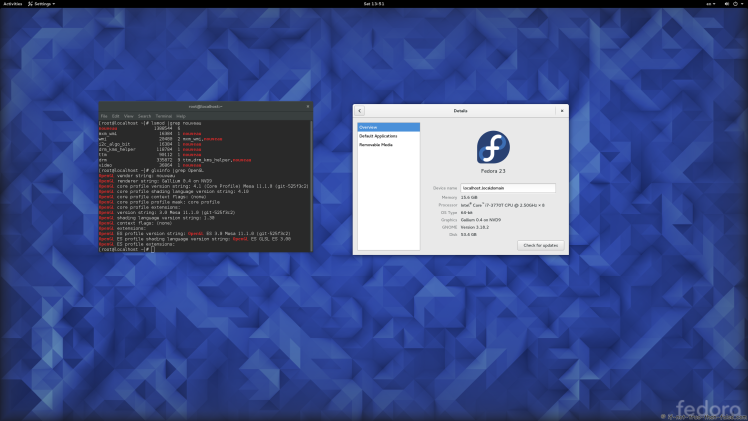


I managed to nab myself a chunky old Dell Latitude and, much to the frustration of my friend in IT who had spent the afternoon setting up a fresh Windows installation for me, asked him to borrow a USB stick and then immediately wiped the hard drive so that I could install Fedora. I had been toying with the idea of getting a spare laptop anyway in order to play around with a Linux-based operating system, so this was the perfect opportunity.

Sometime last year my company decided to upgrade its IT assets, and consequently sold off a bunch of old laptops to interested employees. This is a play-by-play of my debugging process, and ultimately the solution turned out to be rather simple. TL DR: I had mega issues with getting NVIDIA graphics to work on Fedora.


 0 kommentar(er)
0 kommentar(er)
